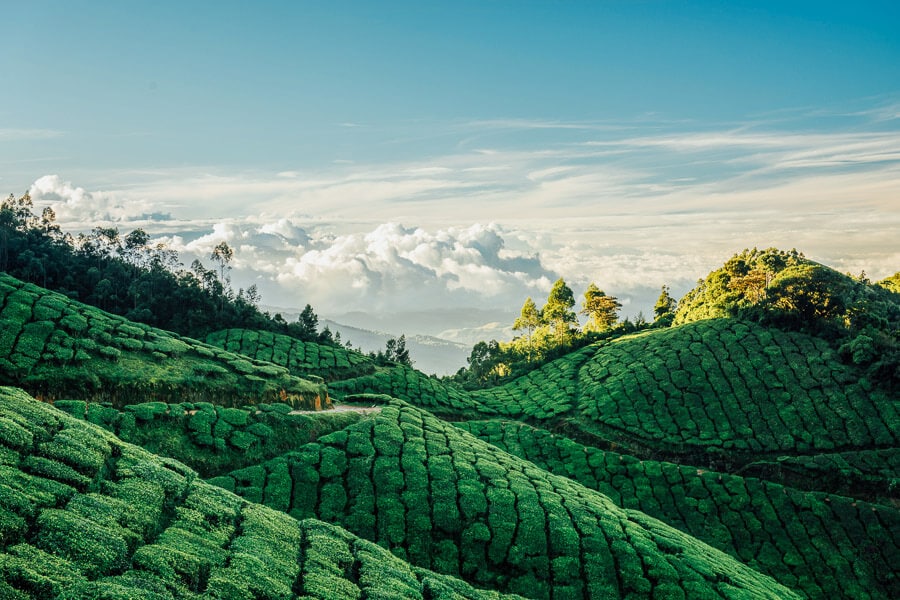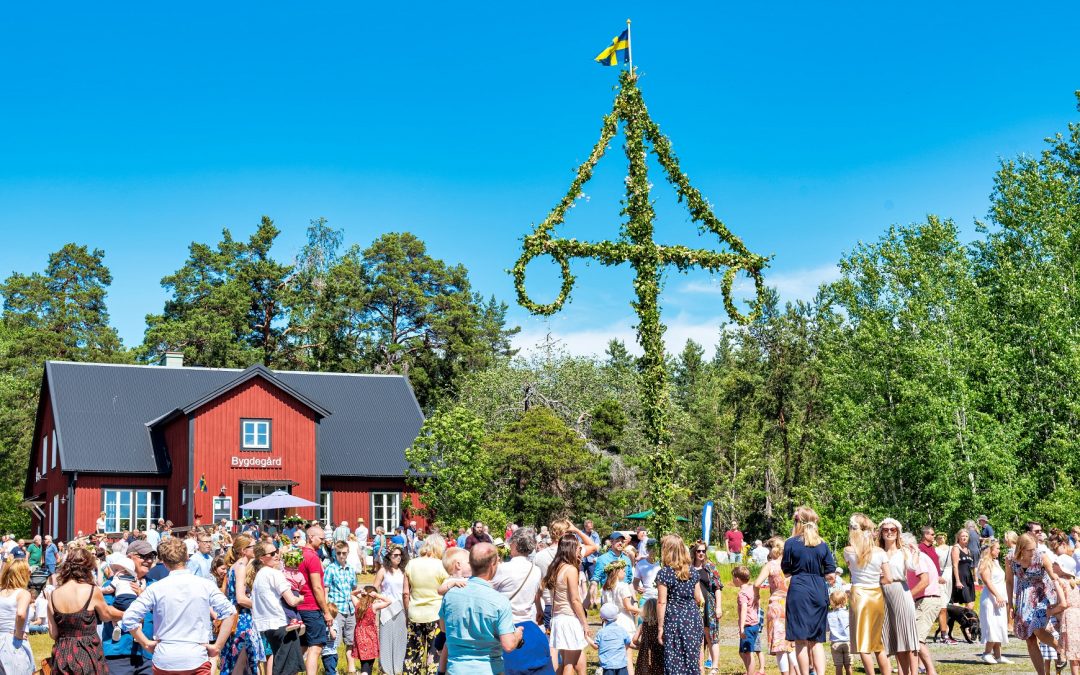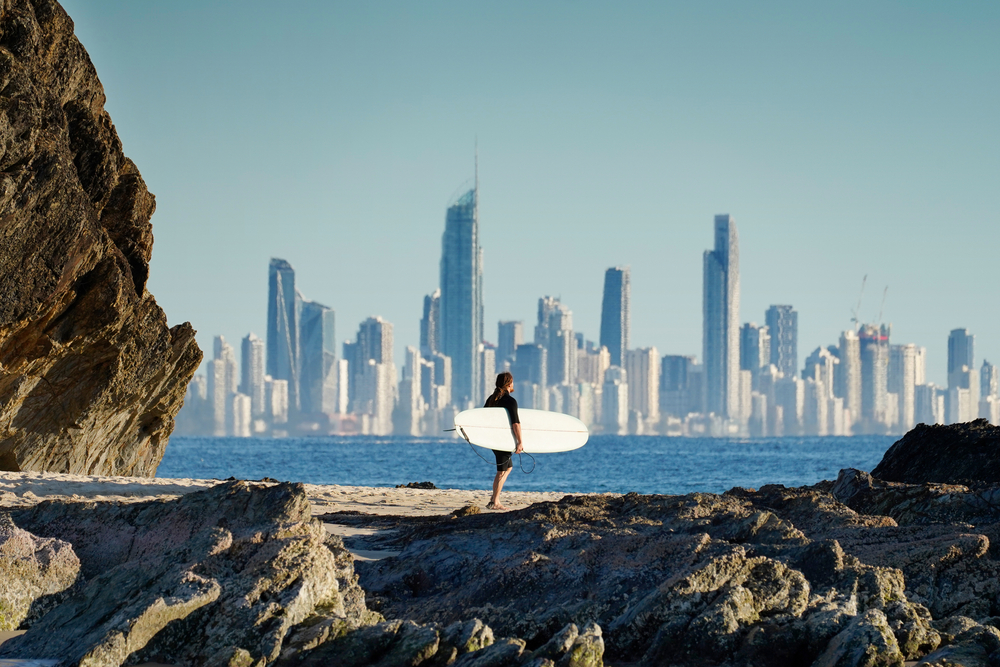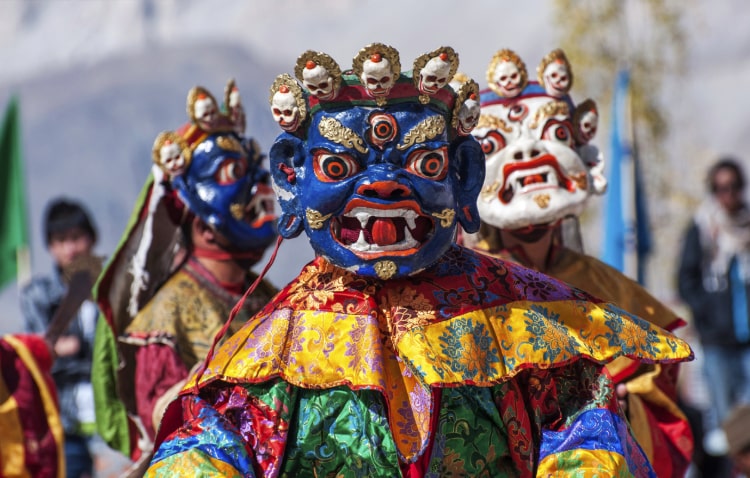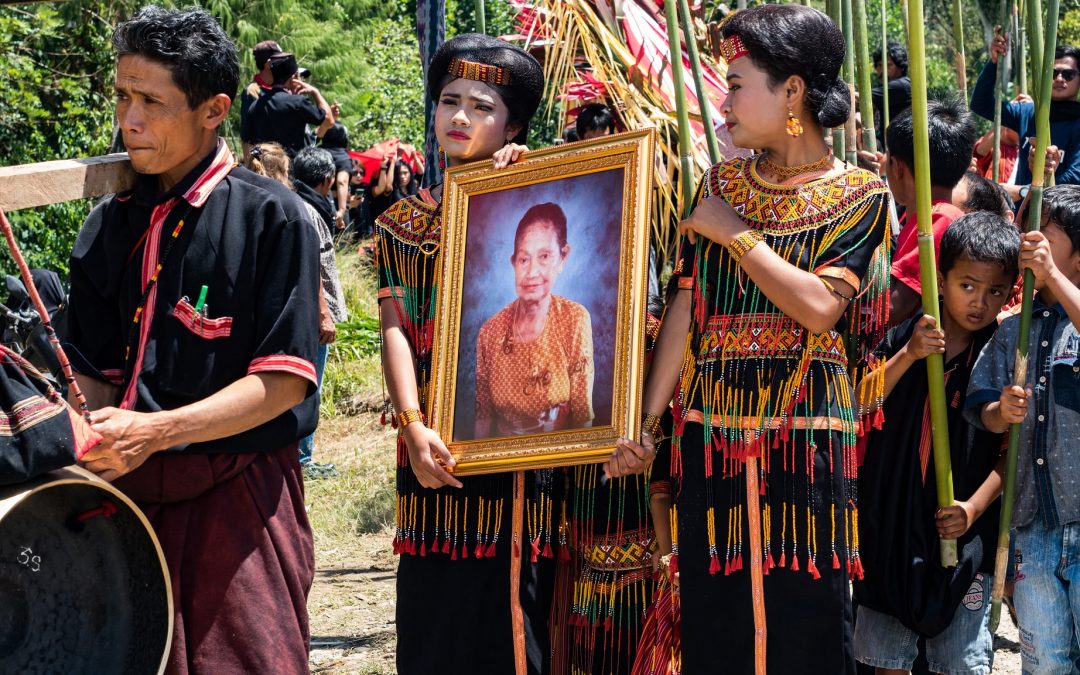
Death Ceremony In Indonesia, Sulawesi
The death cult is clearly not a recent cultural trend. Consider Mexico, where death is revered as a god. However, in terms of death traditions, the Toraja people of Indonesia have surpassed not only Mexicans, but possibly everyone.
The pledge made to the deceased here does not end with the funeral. For the Toraja, death is the most important event in their lives, hence everything revolves around it. Weddings, births, and other special occasions are less significant. The most important thing is to properly bury the deceased. Funerals, on the other hand, are not an easy quest. They are fairly costly, and people have been saving the money for years.

While family members work to collect money for the funeral, the deceased remains at home. He or she could be there for days, weeks, months, or even years. Formalin injections are used to combat the revolting odour.
The Toraja are not alarmed by their proximity. In fact, they are relieved that their relatives are still around. They assume they are simply extremely ill or have entered a state known as “tamacula.” The family keeps in touch with the deceased, greeting him and bringing him food, drinks, and cigarettes. They think that the deceased’s soul is still present in the house. Therefore, they treat deceased relatives with the same respect and care as if they were still living.
Why is a funeral so expensive?
1-2 thousand people may attend the funeral service. It’s not just family members who are affected, but also distant acquaintances. Of course, all visitors must be welcomed and nourished.
The purchase of buffalo, which is exceedingly significant to bring as a sacrifice, is also included in the funeral expense. Buffaloes are powerful beasts, capable of opening the gates of heaven.
At least 24 buffalos are required. Of course, everything is contingent on the family’s riches. A small buffalo, for example, costs $1-1.5,000, a medium-sized one $2-4,000, and a large one more than $7,000.

The Torajas realise they need to save money for a burial even when they are just starting work. Many people search for better jobs in other regions.
The speed of saving money also depends on the number of children in the family that are included in the process. The more children you have, the more spectacular your funeral will be. Your status is determined by how you plan your funeral.
Of course, not all Toraja like such a life, so some flee, severing relationships with their families and escaping the magical circle.
How is the funeral ceremony going?
A special master is hired by the family to perform the entire ceremony. He is well-versed in all of the ceremony’s rules, including where everyone of the guests came from, what they brought, and for whom they brought it.
The coffin is placed on a specific platform, which serves as the ceremony’s focal point. The person is not deemed dead until the casket is placed there. On the first day of the ceremony, he was placed there. Before that, the coffin is taken throughout the village so that the deceased can say his final goodbyes to his homeland.

The sacrifice stage begins after the coffin is carried to this pedestal. The buffalo are normally slaughtered on the second or third day. For various circumstances, the funeral may be postponed for 3 to 12 days.
When the full sequence of actions has been completed in line with the customs, the body can be prepared for burial. The corpse in the coffin can stay in the heat for several days while the ceremonial preparations are taking place.
Rather than being buried in the ground, the dead are brought to distinctive family crypts. These might be small houses or caves. There are other well-known caves where people put their nearest and dearest. In front of the entrance, there are sculptures representing the dead. It can take up to two months to create such a sculpture.

Manene ceremony
The dead are removed from the tomb once a year by the family. A Manena ritual is the name for this type of exhumation. Due to its ambiguity, it is not performed throughout Indonesia but solely on the island of Sulawesi.
Living relatives are happier when beloved family members are retrieved from their coffins and exposed outdoors. They gently stroked the mummies’ heads and patted them on the backs, expressing their excitement at seeing one another again.
The living dress the deceased in new clothes and take a fresh family photo. Toraja thinks that this bonding experience is extremely beneficial, for example, for grandchildren who have never seen their grandma or grandfather. Manene allows them to get to know their elderly relatives.
After saying their greetings to the deceased, the relatives return home and settle down to lunch as a family. This is not the case for everyone, though.
Toraja has recently converted to Christianity. Missionaries arrived around 100 years ago. At the time, the church did not have enough time to forbid traditional practises. In both the Catholic and Protestant religions, manena is still permitted.
Children’s Funerals
If a child dies before his teeth have erupted, you don`t need to do a ritual or buffalo sacrifice because the child’s spirit is still holy. The infant is buried in the tree in the same position as in the womb. The tree is the second mother. The kid’s soul ascends to the summit of the tree, where it joins God in heaven.
The family guards the tree for the first 2-3 nights to ensure that no one comes to chop out the baby’s tongue. In magic, a child’s tongue can be used to hypnotise and then rob others.
A funeral like this can be attended by anyone. Many tourists are able to attend both the funerals and the Manene. So you may give it a shot.
